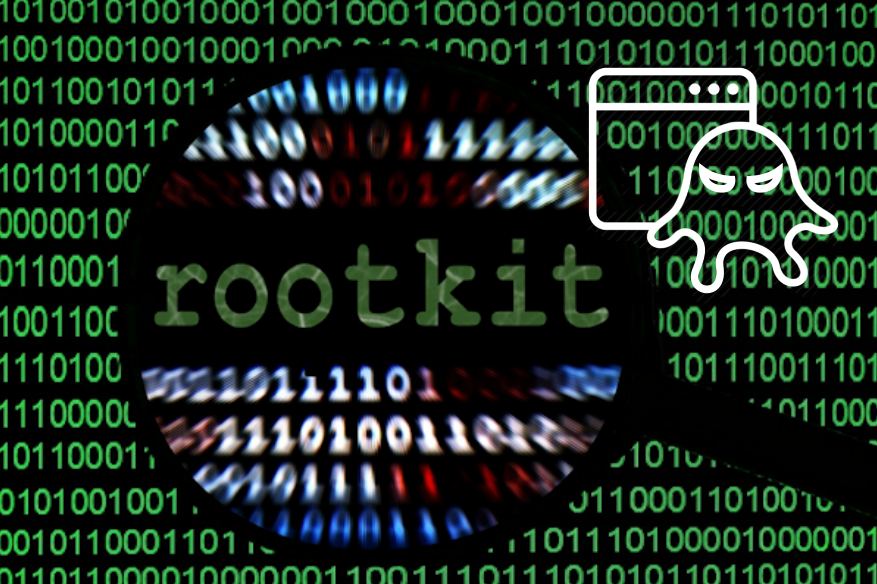What Is a Rootkit? Detection and Prevention

Rootkits are secret computer programs that allow continuous and privileged access to a computer and actively hide its existence. The term rootkit is the combination of the two words “root” and “kit”. Initially, a rootkit was a set of tools for accessing computers or networks at the administrator level. Root refers to administrator accounts on Unix and Linux systems, and kits refer to software components that implement tools. Currently, rootkits are typically associated with malicious programs such as Trojans, worms, and viruses that hide their existence and actions, as well as other system processes.
What Can a Rootkit Do?
Rootkits can handle commands and controls on the computer without the user/owner of the computer knowing it. After installing the rootkit, the rootkit driver can remotely execute files and change the system settings of the host computer. Rootkits on infected computers can also access log files and spy on the legitimate uses of computer owners.
Rootkit Detection
One of the main goals of rootkits is to avoid detection in order to be installed and accessible on the victim’s system, and hence it is difficult to detect. Rootkit developers are trying to hide their malware. This means that there may not be many symptoms that indicate an infection of rootkits. There is no commercial product available that can find and eliminate all known and unknown rootkits.
There are several ways to search for rootkits on infected computers. Detection methods include behavior-based methods, such as looking for unusual behavior in a computer system), signature analysis, and image analysis in memory. Often, the only way to remove rootkits is to completely reformat the infected system.
Other symptoms of infection can be observed if the Windows configuration has changed by itself, without the user taking any concrete action. Other unusual behaviors, such as changing the wallpaper on the lock screen or editing items in the taskbar, may also indicate rootkit infections.
Finally, abnormally slow performance or high CPU usage and browser change may also indicate a rootkit infection.
Protection from Rootkit
Many rootkits invade computer systems by associating itself with legitimate software or viruses. You can protect your system against rootkits by ensuring that it protects against known vulnerabilities. This includes your operating system patches, updated applications, and virus definitions. Do not accept files or open email attachments from unknown sources. Be careful when you install the software and carefully read the End User License Agreement.
Static analysis can track the backdoor and other harmful software such as rootkits. Developers and IT departments who buy readymade software can scan their applications to detect “backdoor” and “hidden credentials.”
Well-Known Rootkit Examples
- Lane Davis and Steven Dake: wrote the first known rootkit in the early 1990s
- NTRootkit: one of the first dangerous rootkits for Windows operating systems
- HackerDefender: This first Trojan modifies/improves the operating system to a very low call function level
- Machiavelli: The first rootkit for Mac OS X was released in 2009. This rootkit calls hidden system and kernel threads
- Greek wiretapping – In 2004/05, intruders installed rootkits for Ericsson’s AXE PBX
- Zeus, who first identified in July 2007, is a Trojan horse that steals banking data by recording user keystrokes in the browser and retrieving forms
- Stuxnet – the first rootkit for industrial control systems
- Flame: In 2012, discovered computer malware attacking computers with a Windows operating system. You can record audio, screenshots, keyboard activities, and network traffic